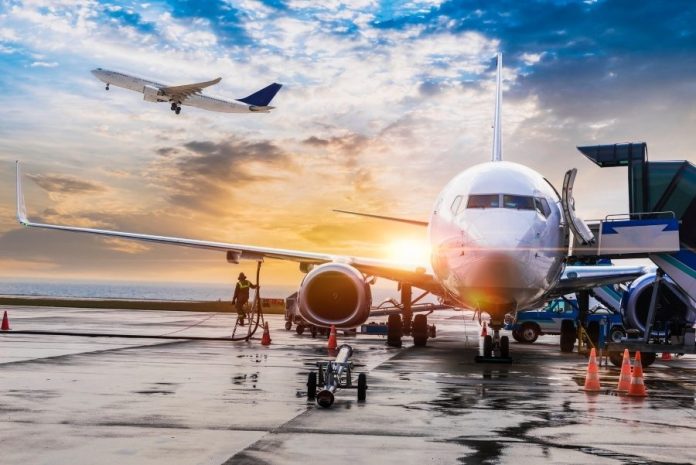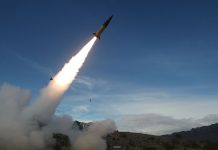Photo (c) Guvendemir – Getty ImagesBefore you head out over the hills and through the snow for Thanksgiving, travel experts are raising some interesting questions about whether or not you’ve (or the 53 million others traveling over the weekend) packed everything you need to make it a safe and seamless trip.
Because a lot has changed over the last few years since COVID-19 crept into our lives, there are lots of questions being asked. And while ConsumerAffairs covered a lot of those in our holiday travel guide, there are some that we didn’t uncover that we think travelers should know about.
Enter Wendy Perrin, one of the most trusted voices in travel, and Anton Radchenko, founder of AirAdvisor. They shared with ConsumerAffairs their best-of-the-best travel tips that could help travelers and here’s what they had to say:
Are you flying?
If you’re flying, Radchenko and Perrin say there are a few simple things you can do to make life easier.
The 3-1-1 Rule
Radchenko says not to forget the 3-1-1 rule at the TSA security checkpoint, so your items are not tossed by TSA. To follow this rule, simply make sure that all liquids are in containers no larger than 3.4 ounces. Additionally, all containers must be put in 1 quart-sized bag, and each passenger can only take 1 bag of liquids.
Food you can and can’t put in your checked luggage
“While some canned items are less than 3.4 ounces, a lot of the larger food cans have large quantities of liquid and it would be safer if you check them in with your luggage,” Radchenko said.
“Additionally, many of the add-ons for Thanksgiving are considered liquids by TSA and will need to be checked with your luggage. Examples of foods that you should throw into your checked luggage include:
-
Canned goods- green beans, yams, pumpkin, corn
-
Sauces- cranberry sauce, syrup, gravy, jam/jelly
-
Alcohol- wine, champagne, beer
Radchenko added that anyone packing food would be wise to pack it in tightly sealed containers to avoid any spilling. To make extra sure they don’t spill, he suggests using tape around the closure to ensure an extra sealing layer.
For glass bottles, such as wine bottles, you can place them in a plastic bag and then wrap them around your thick clothes to prevent them from breaking.
Food you can and can’t put in your carry-on luggage
Believe it or not (but believe it), you can bring as much solid food as you want on the plane as long as it fits in your carry-on bag – this includes a whole turkey!
“All solid foods are allowed by TSA, but you can expect that TSA will ask you to separate your food items from the rest of your luggage so that they can inspect it properly,” Radchenko said, also saying that any items on this list can have liquid if it is less than 3.4 ounces.
Also, frozen foods must remain frozen throughout the entire check-in process, including ice packs. Make sure they are packed appropriately by using a collapsible cooler to store frozen items.
Examples include:
-
Cooked or frozen meats- turkey, ham, chicken, steak
-
Cooked Side Dishes- casseroles, macaroni and cheese, mashed potatoes, stuffing
-
Fresh Fruits or Vegetables- potatoes, apples, green beans, yams, pumpkin, berries
-
Desserts- pie, cake, candy, cookies, brownies
-
Alcohol- Mini bottles of alcohol that follow the 3-1-1 rule
Inflatable airline neck pillow and lumbar cushion
If you’re flying coach or on a discount carrier with harder-than-heck seats, Perrin suggests taking along a neck pillow and an inflatable lumbar support cushion. “On long flights (as well as in uncomfortable wooden chairs at your destination), [a] pillow can save your spine. It folds into nothing in your carry-on,” she said.
Eye mask, earplugs, hand sanitizer, sleeping pills, Vitamin C, and tiny vials of eye drops and hand cream.
“Place them in a sandwich-size zip-top bag, and you’ve created your own business-class amenity kit,” Perrin suggests.
Shawl, sweater, or travel blanket—for an extra layer of warmth on the plane
Planes can be chilly, especially when you turn on your overhead air nozzle, because it can chill the air, so carry along a small shawl, sweater, or travel blanket to keep warm.
N95 or KN95 (medical-grade) mask and vaccination card
Sorry, but COVID-19 hasn’t gone completely away, yet.
Perrin reminds air travelers that if they’re traveling internationally, a vaccination card might still be required where they’re headed. Domestically, she says, a photo of your card usually suffices.
Headphone Y splitter
“Parents, listen up: It connects two headphones to one jack, enabling two of you to use the same device (e.g., two kids can watch the same movie on one iPad),” was Perrin’s advice to those of you who are device- and entertainment-prone.
Are you ready for your destination?
Perrin took extra care to offer advice for what travelers might do to make wherever they’re going a safe and pleasant experience, too. Here are four that are worth considering.
Sturdy, comfy walking shoes.
Make sure they’re broken in. Favor black or brown. No white sneakers because those are a dead giveaway you’re a tourist.
Ultra-light, compact jacket, ultra-light day pack, and crushable, non-wrinkle hat.
Easy to throw it in your carry-on and use it when sightseeing and shopping, she said.
Tiny but powerful flashlight.
“For those times when your smartphone flashlight isn’t strong enough.”
A Covid self-test…
…so you’ve got one handy in case you need it.













